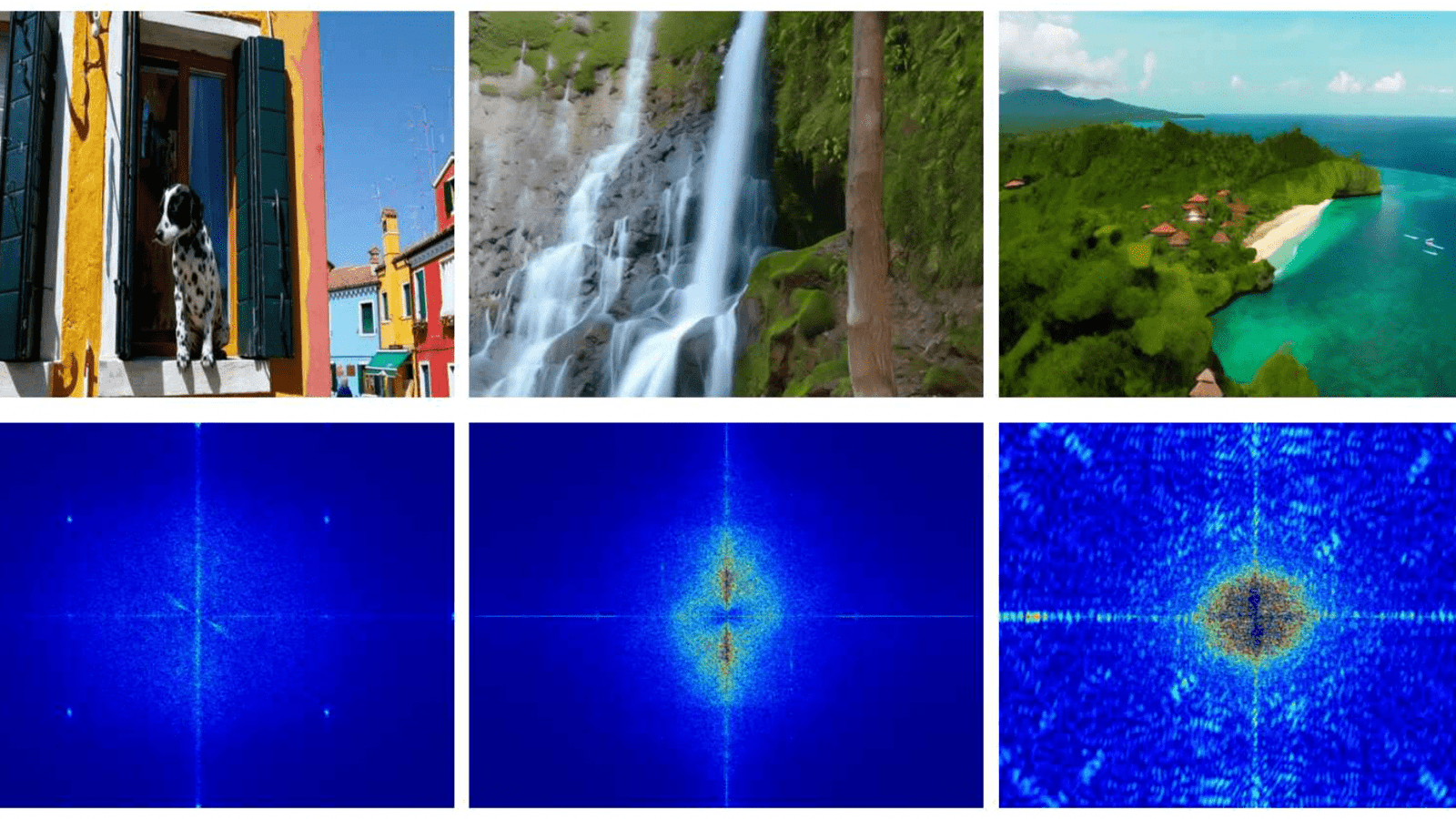Drexel Materials Engineers Receive Young Investigator Recognition

- On the Trail of Deepfakes, Drexel Researchers Identify ‘Fingerprints’ of AI-Generated Video
- New AI-Technology Estimates Brain Age Using Low-Cost EEG Device
- Bolstered by Research Consortium with Drexel, Jefferson’s Sidney Kimmel Cancer Center Earns NCI Comprehensive Cancer Center Designation
- No link between acetaminophen use during pregnancy and children's autism risk

A pair of Drexel University engineers earned recognition from the Army Research Office’s (ARO) Physics Division for their promising research achievements within the first five years of receiving their doctoral degree. Dr. Steven May and Dr. James Rondinelli, assistant professors in Drexel’s Department of Materials Science and Engineering in the College of Engineering, have each received a three-year Young Investigator Program award to enable new research projects in materials science and engineering.
May will receive $357,000 to conduct research on “Symmetry mismatched heterostructures: New routes to bandwidth control in oxides.” This project will explore the specific role that crystal symmetry plays in determining the electronic, optical and magnetic properties of complex oxides. By studying the fundamental relationship between atomic structure and macroscopic properties, the project may lead to new materials for next-generation electronics or energy conversion applications.
“I am thrilled and honored to have the opportunity to pursue this research project,” May said. “The funding will allow us to pursue fundamental studies focused on how to realize improved material properties by engineering materials at the atomic scale.”
The ARO awarded Rondinelli $360,000 to investigate his research entitled “Ab initio design of noncentrosymmetric metals: crystal engineering in oxide heterostructures.” This project focuses on identifying routes to combine the disparate properties of high electrical conductivity and optical activity into a single complex oxide material.
“The real hope is that robust materials design and engineering guidelines will emerge to efficiently unite these technologically important properties,” Rondinelli said.
Rondinelli’s computational studies, which use theoretical tools to solve quantum mechanical equations and find the distribution of electrons, are able to predict the behavior of yet-to-be-synthesized materials. His research will focus on predicting the material compositions that will achieve the targeted properties by evaluating the underlying physics of the basic building blocks comprising the oxides’ atomic structure. It is anticipated that new strategies will be developed to guide the arrangement of basic building blocks at the atomic level into layered, artificial complex oxide structures or superlattices.
“The financial support from ARO will provide us extensive opportunities to pioneer this emerging class of materials for next generation optoelectronic devices,” Rondinelli said. “These materials could form the foundation of new optoelectronic and spintronic technologies, in addition to medical and security applications where optical activity is often used to measure the concentration of chemicals in solutions.”
In This Article
Contact
Drexel News is produced by
University Marketing and Communications.